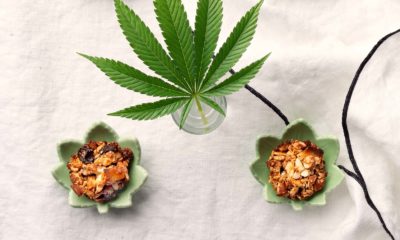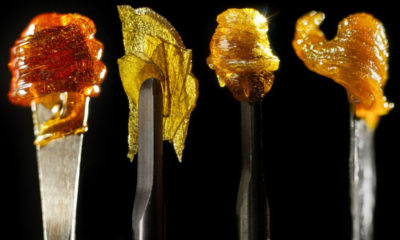Welcome to Water World: Inside Tahoe Hydroponics’ Soil-Free Grow
Cultivating top-shelf cannabis, no dirt required, with Tahoe Hydroponics.
The secret of Tahoe Hydroponics Company’s considerable success can be found on the floor of the licensed Nevada cultivator’s grow facility in Carson City. The secret: there’s no soil in sight. The success: a trophy room full of cups, including a clean sweep of all three flower categories at the 2016 Jack Herer Cup and a first-place win at the 2018 edition in November with Mac Jack, “a strain I created, and it was the first time we ever grew it,” says company CEO Ray Schiavone.
Tahoe Hydroponics has 11 grow rooms that run continuously, with one room harvested every six days. And, at top-shelf wholesale asking prices of $3,000 a pound, Schiavone says, “We’re sold out. We sell out to the last gram.”
That’s a lot of cannabis and a lot of money, which is probably the main reason why, as of press time, Toronto-based company Golden Leaf Holdings is in the process of acquiring Tahoe Hydroponics for a reported price of almost $40 million.
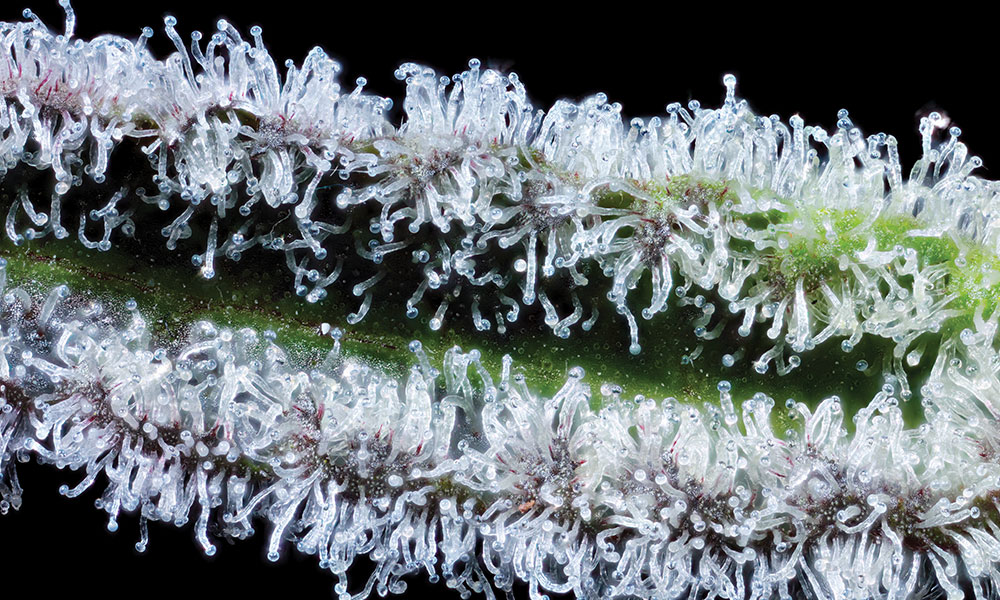
Purple Punch.
Splish Splash
But in those grow rooms, what you won’t find so much as a speck of anywhere is dirt.
Not on the floor, where “guys are mopping… literally all day long,” Schiavone says, and not near a single one of the plants, all of which are grown 100 percent hydroponically, just as the company’s name indicates.
For the uninitiated, hydroponic growing is a term that refers to any method of cultivating plants that does not involve soil.
This is not to say that hydroponic plants are grown with water only, as they may be suspended in a medium like rockwool or clay pellets. But the lack of soil is a fundamental difference in the plant’s life that, according to Schiavone, makes all the difference in the quality of the final product.
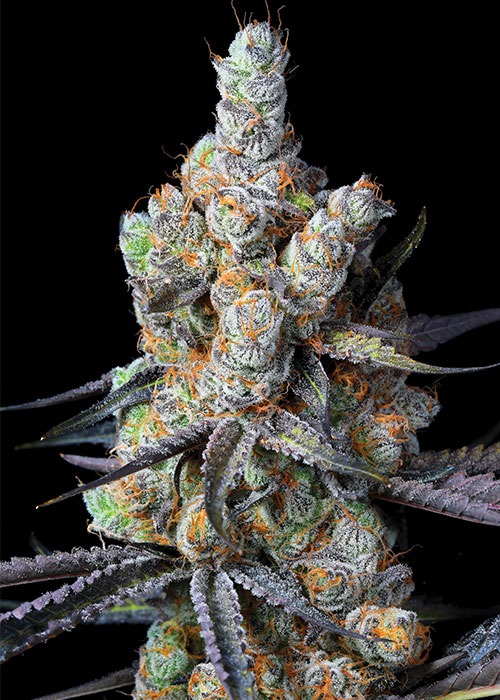
Jelly Sickle.
“Soil is cool, I grew up smoking weed in soil and I love it,” he says. “But anybody can grow weed in soil. Anyone. You can, I can, anyone off the street can get a pot, put some weed in it and grow in soil. But they can’t do that with hydroponic cannabis.”
Abandoning soil means saying goodbye to most pests, which in turn means saying goodbye to pesticides — a fine tradeoff for modern-day growers in the marijuana legalization era, where strict state regulations mean the wrong pesticide or the wrong application can make an entire room too toxic to sell.
It also means enjoying near-total control over the plant’s life cycle, including the ability to maximize its intake of just the right nutrients necessary for an enormous yield of top-shelf cannabis, with remarkable consistency from cycle to cycle.
The consistency also means selecting strains based on what will work under these conditions. The nutrient mix in each of Tahoe Hydroponics’s rooms is the same, but some plants vary in yields. Schiavone says the biggest monsters produce 400 grams of cannabis per plant, and if a particular strain “doesn’t yield or if we don’t like the look, we just throw it away.”

Sundae Driver.
Drip or Drown
This hints at the big challenge with hydroponic growing: Cultivators have no room for any kind of learning curve or cushion when things go wrong. With soil, you may have a few days to notice a problem with your nutrient mix. You may survive if you leave for a weekend and a fan breaks on a Friday night. But with hydroponics, the slightest misstep can wreck the entire investment in hours.
“If anything’s off, you’ll fry your plant and lose your entire crop in minutes or hours,” Schiavone says. “It’s a very sophisticated process that produces high-quality results — when you know what you’re doing. That’s probably why most people don’t do it.”
Case in point: Not long after setting up shop in Carson City, Schiavone and his partner, company co-founder Mark Bruno, noticed that all of their plants were dying. Starving, to be exact, because they were completely drained of nutrients. The culprit, it turned out, was the water, as the city’s ionized water supply wouldn’t carry any nutrients to the plants. The company pivoted, creating its own reverse-osmosis filtration system, but it took a full two years for Tahoe Hydroponics to start producing cannabis at full speed, Bruno told the Nevada Appeal. In the meantime, the self-funded company lost $500,000.
“And we still have problems with our water,” Schiavone says. “That water is so bad it will burn out the filters in our reverse osmosis machine almost within a month. And if it breaks, that water gets into the flowers.”
“When you’re growing in the hydroponic medium, there’s really no buffer. The plant is up-taking 100 percent of what you’re feeding it, good or bad,” he adds. “With soil, if you just add water, there’s still nutrients in the soil. The plant is always getting fed, versus when you’re running hydroponic, it’s only getting what you give it. If you don’t know exactly what the plant needs, then you’re just going to get an average result.”
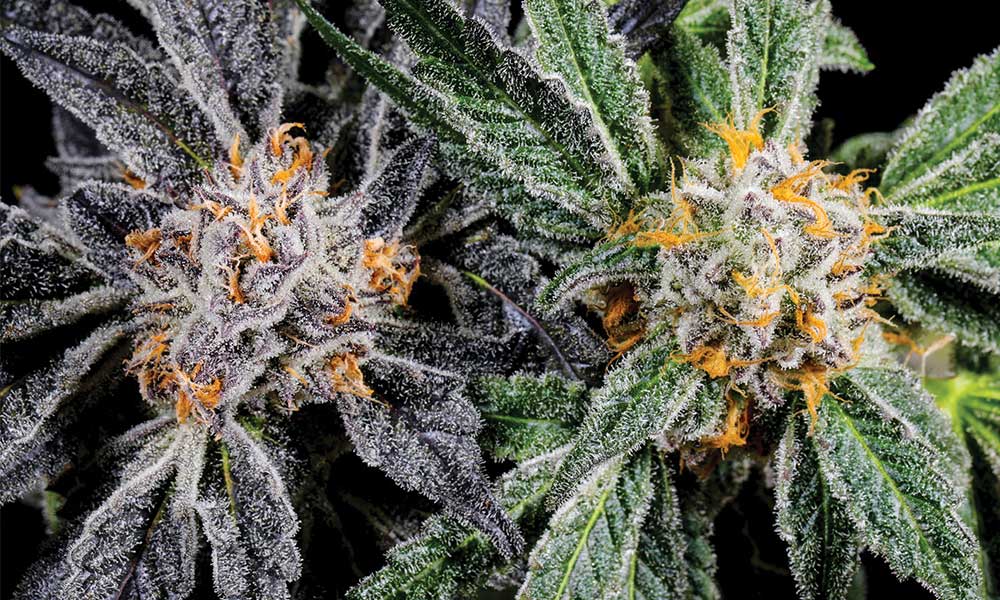
Fleetwood MAC (Watermelon Tree x MAC)
The Future is Fluid
Like the Michelin-starred chef who learned his trade only through sweating in someone else’s kitchen, the Tahoe Hydroponics team earned the knowledge to figure out exactly what a plant needs only through years of experience. You could say that Schiavone and Bruno both come from a long line of hydroponic growers. Both of their fathers grew cannabis without using soil since the 1970s which, in the cannabis industry, qualifies as legacy heritage.
Both have also grown cannabis in various mediums during their careers, under the sun in greenhouses, outdoors and in dirt indoors. But both believe that nearly all top-shelf cannabis must be grown hydroponically in order to maximize both yield and quality, and to do so on a consistent, commercial-grade basis.
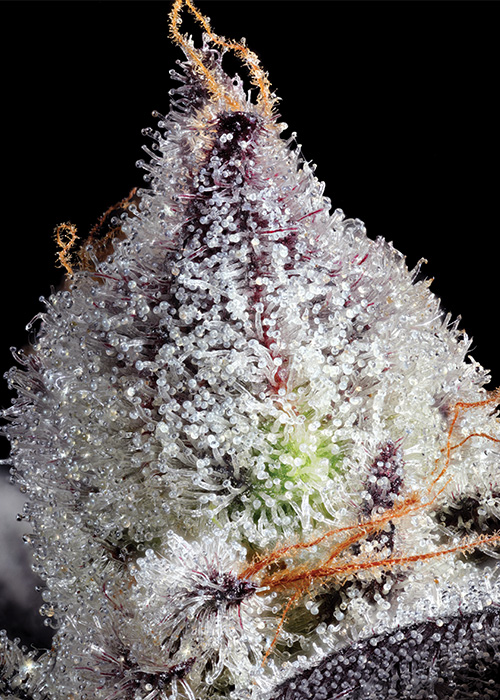
Drunk Driver.
While Nevada is not seeing the rise of commercial cannabis greenhouses at the scale that neighboring California is, the Tahoe Hydroponics team thinks their hydroponic model would still thrive in a market flooded with greenhouse cannabis because of their ability to consistently deliver premium cannabis.
“I think that’s the difference: How do you produce high-quality cannabis on a commercial level?” Schiavone says. “Realistically, I think it should be the standard. High-quality indoor cannabis really should be hydroponic, in my opinion.”
TELL US, what’s your preferred cannabis cultivation method?
Originally published in Issue 35 of Cannabis Now. LEARN MORE




